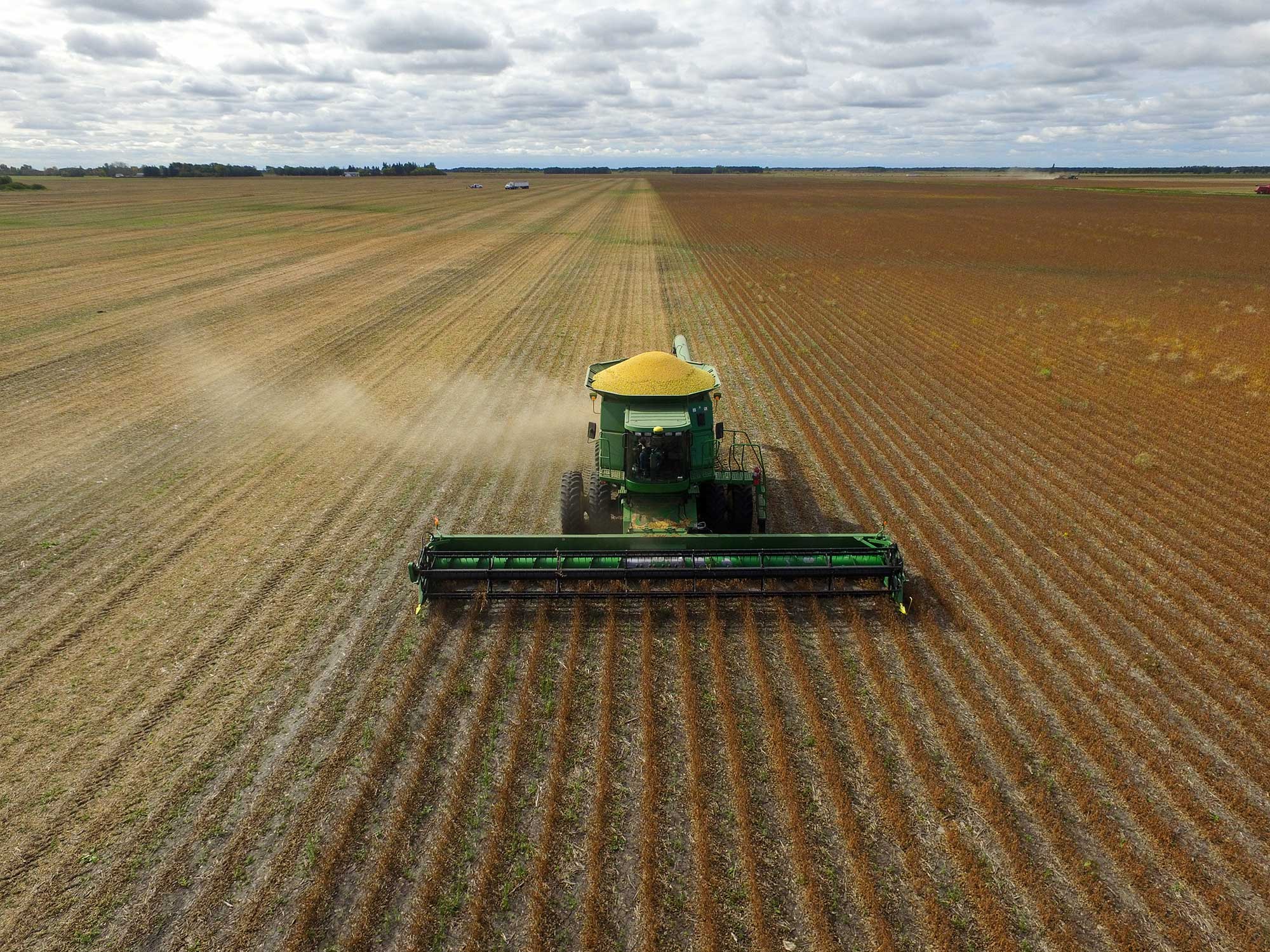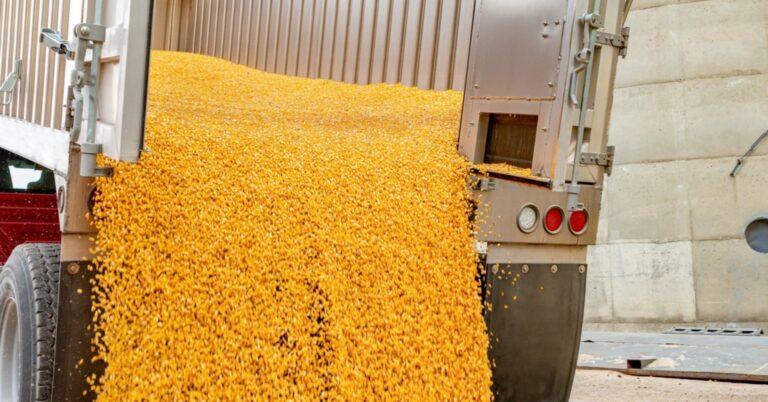U.S. farmers are projected to shift acreage to corn this spring as corn prices maintain an impressive run while prices for competing crops struggle to keep pace. Corn prices have been buoyed by tight global stocks, strong export demand, and record ethanol production. Profitable feeding margins in the livestock and poultry sectors are also supporting corn demand.
According to a new report from CoBank’s Knowledge Exchange, corn is expected to pull acres from soybeans, spring wheat, cotton and grain sorghum when the spring planting season gets under way. The report projects the total U.S. planted acreage for each of those crops based on statistical regression analysis and information from grain cooperatives and merchandisers across the U.S. The report also outlines scenarios and global market dynamics that could impact acreage allocation decisions before planting starts.
“While farmers tend to stick to historical crop rotations for agronomic reasons and market diversification, corn’s price rally relative to other crops suggests a major shift in acreage is in the offing,” said Tanner Ehmke, grains and oilseeds economist with CoBank. “We’re still several weeks away from the start of planting season, which means the acreage balance is still in flux. Multiple factors could shift how acres are traded around the U.S., but the current price environment suggests corn will be king in 2025.”
Corn acres are expected to climb 4.2 percent to 94.5 million in 2025. Notably, low hay prices are expected to shift acres out of corn harvested for silage to corn harvested for grain, raising the corn-for-grain harvested acreage by 5.0 percent to 87.06 million. However, the potential for trade disputes with Canada and Mexico could significantly weaken the demand for U.S. corn and curb the increase in planted acreage. A trade war with Canada may throttle exports of U.S. ethanol, while a disruption to the Mexican market could severely impact U.S. corn exports.
Soybeans are expected to experience the biggest drop with acreage falling 3.6 percent to 84.0 million. The loss will be somewhat blunted by last fall’s expansion of winter wheat acres, which will create more opportunity for farmers to double-crop soybeans following the winter wheat harvest. U.S. winter wheat acreage was tallied at 34.12 million acres, up 2.1 percernt, according to the USDA. The potential for tariffs on used cooking oil imports from China and canola oil from Canada would lift demand for soybean oil and encourage farmers to hold on to soybean acres.

Spring wheat acres in the Northern Plains are expected to fall 5.9 percent to 10.0 million as wheat prices continue to struggle from a strong dollar and greater U.S. supply following last year’s bigger harvest. Most of the reduction in spring wheat acres will go to corn, but soybeans also stand to gain some wheat acres. However, the potential for weather-related wheat crop losses in Russia combined with losses to the U.S. winter wheat crop could quickly change the market dynamics and limit the loss of spring wheat acres.
Grain sorghum acres are expected to drop 9.5 percent to 5.7 million due to the lack of export demand. The loss of Chinese demand, which typically accounts for 90 percent to 95 percent of U.S. grain sorghum exports, has pulled cash grain sorghum prices well below corn prices on the Plains. Low prices are prompting livestock feeders to include more grain sorghum into feed rations and ethanol plants are using more sorghum for ethanol production, bolstering U.S. demand. Higher domestic usage — and the potential for Chinese demand returning to take advantage of historically low sorghum prices — may lift prices and protect sorghum acreage from losses.
Cotton acres are forecast to fall 7.8 percent to 10.3 million with prices struggling under the weight of a slowing global economy, a strong U.S. dollar and increasing competition from Brazil. The shift of cotton acres to corn will likely be greater in the Southeast than in the Texas plains. Texas cotton producers have shifted acres to wheat and other fall forages for beef cattle, which are currently trading at record-high prices. An economic recovery in China or a shorter than expected crop in Brazil may underpin cotton prices and protect acres from shifting.


:max_bytes(150000):strip_icc()/DSC_5569-scaled-e1745358337245-2048x1551-a1a093af80584792b8bb89e4f47d4926.jpg)
:max_bytes(150000):strip_icc()/103097774-2000-1043a1eebcd2426697f44faf1d9719a5.jpg)
:max_bytes(150000):strip_icc()/7021211UnverferthSeedRunner3755XL3_preview-38937bc35ec9441ab3433a428560f2ee.jpg)



:max_bytes(150000):strip_icc()/52016494295_32bfe04e14_c-2-1afb28f81f99447ab23e8a01cf302cd3.jpg)
:max_bytes(150000):strip_icc()/Brendan-SmialowskiAFPviaGettyImages-Donald-Trump-Reciprocal-Tariffs-April-2-20252207589702-f18fb45cad3b49e792a16608653e4820.jpg)
:max_bytes(150000):strip_icc()/WheatField2-CloseUp-d3b78c85fe4b4e7abbb587b478569397.jpg)